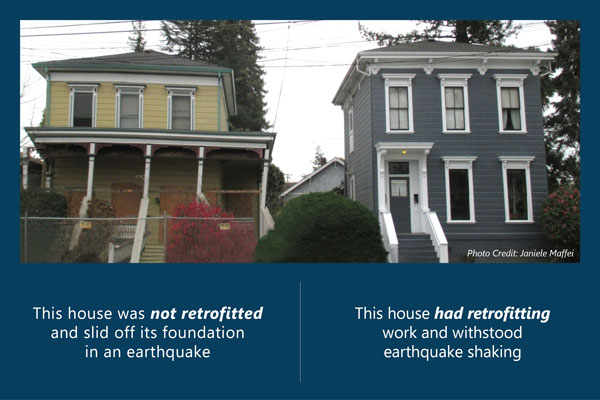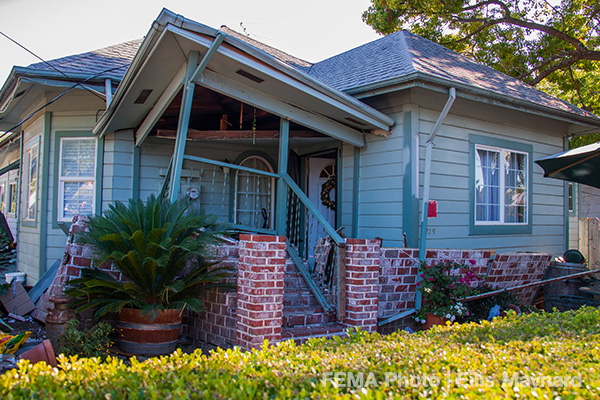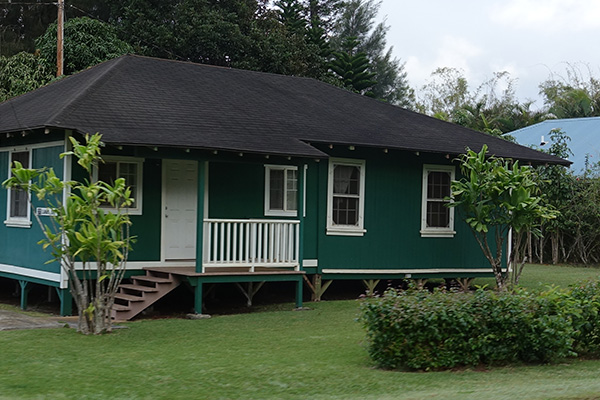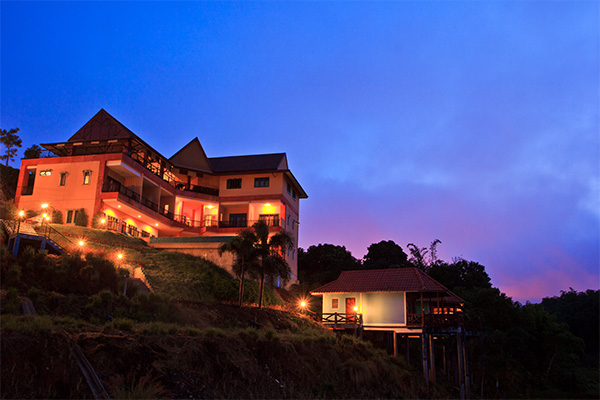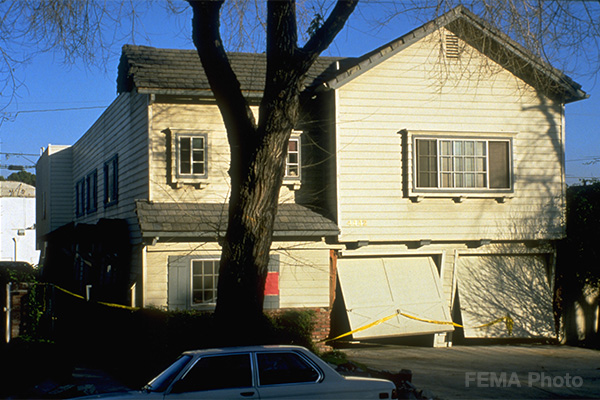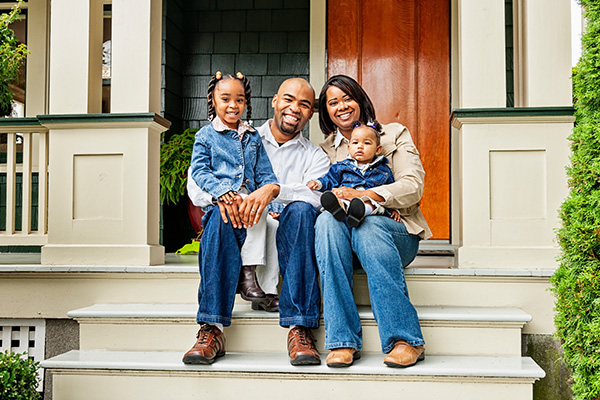Should you be considering a seismic retrofit in San Jose?
The one-word answer is yes and here’s why. Seismic retrofitting involves strengthening a structure to make it more resistant to earthquake shaking and damage. In many cases, the retrofitting process itself strengthens an older home by bolting the house to its foundation with anchor bolts, or with bracing and bolting. There are more than one million of these types of vulnerable older homes in high hazard earthquake areas across California, and many of those homes are in and around San Jose, that would benefit from this type of foundation repair strengthening work. Many of these older homes were built before modern building codes were in place.
A recent study by the Pacific Earthquake Engineering Research (PEER) Center estimates that the owners of retrofitted houses can save between $10,000 and $200,000 in repair costs resulting from a major earthquake by bolting, or bracing and bolting, their homes with a seismic retrofit.
This research helps demonstrate that seismic retrofits work, and that earthquake retrofitting is worth it when you compare the potential cost of repairing a damaged home. Thorough research and analysis suggests that spending a smaller amount of money to help reduce damage and help give your house earthquake resistance may be more beneficial than facing a much larger repair bill after an earthquake.
What are the benefits of getting a retrofit in San Jose?
A seismic retrofit in San Jose is an effective way to reduce the potential for costly earthquake damage, saving you what could be tens to hundreds of thousands of dollars in repair costs. Earthquake retrofits can provide peace of mind, knowing that you have helped your family better withstand an earthquake by strengthening your dwelling.
These two side by side houses, shown after the magnitude 6.0 2014 American Canyon (South Napa) earthquake, illustrate the benefit of a seismic retrofit—as one had been strengthened and one had not.
How much does a seismic retrofit cost in San Jose?
The seismic retrofit cost in San Jose may not be as much as you might think. The range to retrofit a home on a raised foundation is usually between $3,000 and $7,000. Older houses with steps up to the first floor are on a raised foundation. This means they have an area underneath the first floor, which is referred to as a crawl space. These types of houses can shift off their foundations from shaking. They often can be strengthened by bolting the house to its foundation.
Larger homes, those built on hillsides and those with basements and soft story structures (rooms over garages) will typically cost more to retrofit.
It’s important to note that homeowners can remain inside their house because in most cases workers are able to do the retrofitting work without entering the residence. Compared to the potential cost of repairing an earthquake damaged home, spending a smaller amount of money to help prevent damage can help avoid a much larger repair bill following an earthquake.
Does San Jose offer any retrofit grant programs?
The San Jose region is an area of the state where seismic retrofit financing programs are available. The California Residential Mitigation Program (CRMP) Earthquake Brace + Bolt (EBB) program offers grants to eligible Californians in higher-risk ZIP Codes to help with the costs of a seismic retrofit in San Jose.
Earthquake Brace + Bolt (EBB)
EBB is a grant program, which offers seismic retrofit grants of up to $3,000 to qualified homeowners with eligible houses in a select number of higher-earthquake-risk ZIP Codes.
ZIP Codes chosen for EBB program participation follow these two criteria:
- Earthquake Hazard: Hazard was identified using the United States Geological Survey (USGS) earthquake hazard map for California.
- Earthquake Vulnerability: Vulnerability was represented by identifying the percentage of pre-1940 houses in ZIP Codes in California (U.S. Census Data). Older houses are more likely to require earthquake bracing and bolting.
EBB may include other ZIP Codes in a city to allow for efficiency for contractors and building departments, thereby making more homeowners eligible for a grant.
In the future, EBB hopes to include more high hazard areas in California with additional funding from a variety of sources.
You may be eligible for an EBB grant if your house:
- Is owner-occupied and is in one of the EBB ZIP Codes.
- Is built before 1980 (but qualifying houses are more prevalent before 1940).
- Has a raised continuous perimeter concrete foundation.
- Sits on level ground or a low slope.
- Is of wood-framed construction.
How to get a seismic retrofit?
When it comes to San Jose retrofit requirements, once you have identified your house type and its vulnerabilities and you determine the type of retrofit that is needed, it is time for you to make a plan to carry out the retrofit. This includes hiring a contractor (or considering doing the work yourself), deciding how you will pay for the retrofit, and scheduling out the timeline for completion.
Earthquake retrofit contractors in San Jose
Like with any construction project, it’s best to get bids from several contractors before you make your final selection. The California State License Board (CSLB) also recommends obtaining more than one bid and makes available a San Jose seismic retrofit list of contractors.
You can check out the list of contractors, who have received training and are experienced on how to do a brace and bolt retrofit.
Keep in mind that if your home requires an engineered retrofit, you or your contractor will need to hire a licensed structural engineer or civil engineer to advise on your retrofit efforts. EBB has a Licensed Design Professional Directory to help you with your search.
A high quality retrofit can provide you peace of mind for decades to come.
What are the structural risks for each type of home foundation?
Different types of homes require different types of retrofits. The San Jose area, like other parts of California, is known for its housing diversity when it comes to the different ways its homes are built.
These different types of homes pose their own risks and may require their own type of retrofitting to strengthen their ability to withstand the force of a major earthquake.
Raised Foundation
A house with a raised foundation has an area underneath the first floor, which is referred to as a crawl space. Industry professionals use the term “cripple wall” to define crawl space walls. These older homes with steps up to the first floor can shift off their foundations from shaking. They can be strengthened by bolting or bracing and bolting the house to its foundation.
Here is an example of a house with this type of foundation, that was red tagged following the 2014 Napa earthquake. You can find more information on this risk at the Raised Foundation House Retrofit page.
Post and Pier House
A post and pier house is a type of raised foundation home, in that there is an area created underneath the dwelling floor.
Here is an example of what a house with this type of foundation looks like. You can find more information on this risk and what you can do to minimize it at the Post & Pier House Retrofit page.
Hillside House
These houses have certain, inherent structural elements that can make them vulnerable when earthquakes occur. They are built on hillsides or sleep slopes and often are set on tall, narrow posts or columns, with or without diagonal bracing.
Hillside houses can be at risk when it comes to strong shaking and may need to be strengthened by being properly retrofitted to withstand earthquakes.
Here is an example of this type of house —you can find more information on this risk at the Hillside House Retrofit page.
Houses with a Living Space Over a Garage
Houses with one or more floors of living space over an attached garage are vulnerable to shaking. Their vulnerability to earthquakes comes from a living space being atop the garage beneath, which lacks structural soundness. The garage area of these homes also may have walls and doors that are not braced to resist earthquake motion. Retrofitting the garage space can make these homes more resistant to earthquake damage.
Here is an example of this type of house, that was red tagged following the 1994 Northridge earthquake in the Los Angeles area. You can find more information on this risk at the Living Space Over Garage House Retrofit page.
What is your earthquake risk in San Jose, California?
In their most recent report, the United States Geological Survey (USGS) predicted a 72 percent chance of one or more magnitude 6.7 or greater earthquakes striking the San Jose/Bay Area in the next 30 years, based on a 30-year period, beginning in 2014.
With a nearly 3 out of 4 chance of a damaging earthquake striking the area in the near future, it is important that residents of the region do everything possible to prepare their homes and themselves. In the San Jose/Bay Area, the USGS names the prime earthquake culprits as the San Andreas, Hayward and Calaveras faults.
A hypothetical earthquake scenario by the USGS called the HayWired Scenario estimates that millions of people in the San Jose/Bay Area region could be impacted by a 7.0 magnitude earthquake and its aftershocks. Under the HayWired scenario, the epicenter and mainshock would occur on the Hayward Fault beneath nearby Oakland and could lead to the strong shaking of one million homes in the region, could trigger widespread fires, and could lead to the displacement of up to 152,000 households and 411,000 people.
The last major earthquake to strike the San Jose/San Francisco Bay Area was the Loma Prieta quake in October 1989. The magnitude 6.9 shaker was centered in nearby Santa Cruz County on a section of the San Andreas Fault System and was named for the nearby Loma Prieta Peak in the Santa Cruz Mountains.
The Loma Prieta quake was responsible for 63 deaths, more than 3,700 injuries and more than $5.6 billion in total damage. It also is remembered for its interruption of the 1989 Major League Baseball World Series, which, ironically, featured Bay Area rivals, the San Francisco Giants and the Oakland Athletics. For that reason, it is often referred to as the “World Series Earthquake.”
How to protect your home during an earthquake
While it is impossible to accurately predict when an earthquake will occur, you can still take measures to reduce damage and improve the chances of staying safe by preparing in advance for earthquakes. The ways in which you can protect your home and your family in the event of a major earthquake (in addition to finding out if your home needs a seismic retrofit in San Jose) include:
- Create an earthquake safety plan for you and loved ones, including pets.
- Know your risk for earthquakes in your area and what you must do to stay safe.
- Make or purchase earthquake safety kits.
- Identify and fix potential earthquake hazards in your home.
- Secure fixtures, furniture, appliances and other items inside your home.
- Visit the Seven Essential Earthquake Safety Tips page for more safety, protection and emergency preparedness tips.
Determine your structural risks
According to U.S. Census data, 63.8 percent of the housing units in Santa Clara County fall into that category of being built before 1980 and could be in need of an earthquake retrofit in San Jose. The frames of hundreds of thousands of these type homes are not bolted to their foundation. And without adequate bracing and bolting, these houses can slide or topple off their foundation during an earthquake.
While raised foundation older homes are prevalent in San Jose, there are other type homes in the area with different foundation types that may be in need of retrofitting. Those homes are described above and you can learn even more about all these different types of homes, their foundations and how to determine whether they need to be retrofitted at our Strengthen Your House page.
Consider a seismic retrofit
Strengthening your house with a seismic retrofit in San Jose is a good way to help prevent costly earthquake damage. It can help provide safety and peace of mind, knowing that you have helped your home and your family better withstand an earthquake.
The retrofitting process itself can be straightforward and often not as intrusive and expensive as homeowners might think. The older your house, the greater the odds it may need to be seismically retrofitted to have a better chance to withstand earthquake damage.
Strengthen your home
For many San Jose homeowners, the value of their property and the equity they have in it represent the lion’s share of their savings and retirement nest egg. An earthquake retrofit in San Jose can significantly reduce the chances of an older home falling or sliding completely off its foundation—perhaps resulting in a total loss, even in a moderate earthquake.
The primary goals of retrofitting are to:
- Allow you and your family to shelter in place.
- Protect against catastrophic financial loss.
- Help you and your family survive when a major earthquake occurs.
Living in the San Jose area, it is not a matter of if, but when a major earthquake will occur. You can better protect and prepare yourself and your family before the next big one strikes by investing in an earthquake retrofit. Provide that protection by strengthening your home against earthquake damage today. For more information on the importance of retrofitting older homes, visit our Strengthen Your House page.

